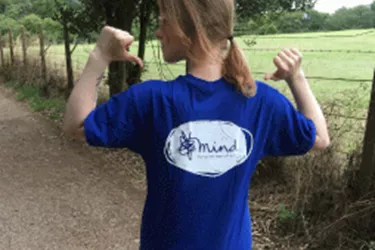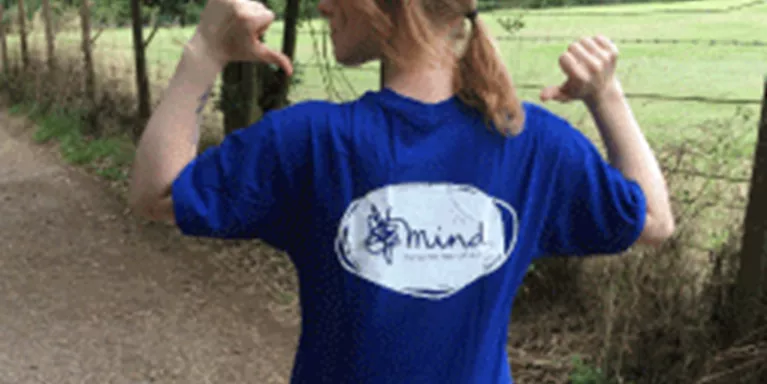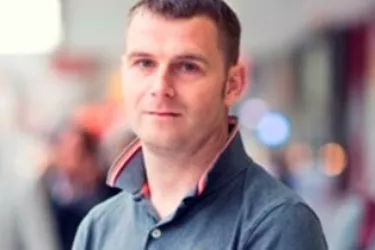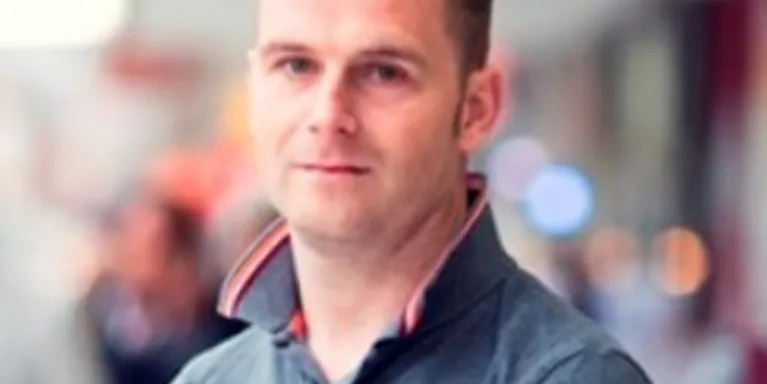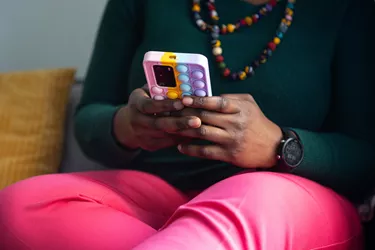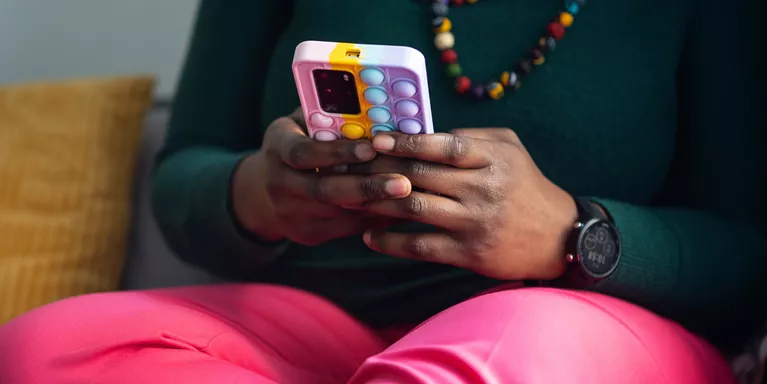Tackling taboos in my community
In South Asian Heritage Month, Shabbir blogs about the stigmatisation of mental health and how he’s trying to change that.
South Asian Heritage Month holds a special place in my heart as it serves as a reminder of the rich tapestry of cultures, traditions, and values that have shaped my identity. However, within the vibrant colours and joyful celebrations, there lies a silent struggle that often goes unspoken — the mental health and wellbeing challenges faced by individuals within the South Asian community.
In January 2019, my life took an unexpected turn. It was a day like any other, until a car accident shattered my world. The physical injuries I sustained were daunting, but little did I know that the emotional toll would be far more overwhelming. Just weeks before the accident, I had experienced another devastating blow – the loss of my dear friend, Saira Mahmood, in a tragic incident. These back-to-back traumatic events left me feeling shattered, like I was standing on shaky ground, desperately trying to find my balance amid a storm of overwhelming emotions.
“The pain in my back seemed to mirror the pain within my mind, trapping me in a cycle of negative thoughts.”
As I underwent physiotherapy to heal my physical injuries, I found myself spiralling into a state of depression and anxiety. The pain in my back seemed to mirror the pain within my mind, trapping me in a cycle of negative thoughts and low self-esteem. Desperate for support, I turned to the South Asian community, hoping to find solace and understanding. However, what I discovered was a disheartening reality — the prevailing stigma and silence surrounding mental health challenges within our community.
Stigma and Its Manifestations:
In my own journey, I faced immense barriers when it came to discussing my mental health with friends. The cultural norms of maintaining a positive public image and the emphasis on achievement made it challenging for me to admit my vulnerabilities. The fear of disappointing my loved ones weighed heavily on my shoulders. Moreover, I held a deep-seated belief that my family and friends from the South Asian community wouldn't truly understand what I was going through, further isolating me in my struggles.
I came across a number of barriers to support growing up in the South Asian community. First, I noticed a significant lack of awareness and education surrounding mental health. This contributed to the stigma and misunderstanding surrounding mental health issues, making it challenging for individuals to seek the help they needed.
“I felt a sense of pressure to present myself as strong and resilient, even when I was struggling inside.”
The cultural beliefs and norms within our community, such as the emphasis on maintaining a positive public image, often discouraged open discussions about mental health. I felt a sense of pressure to present myself as strong and resilient, even when I was struggling inside.
One prevalent misconception I encountered was the belief that mental health issues were solely a result of a religious or spiritual void. This perception deterred people from seeking professional help and accessing appropriate resources. However, it's crucial to acknowledge the human aspect and trust in the metaphysical realm. Integrating professional mental health support with trusted spiritual practices allows for a holistic approach to healing.
I also noticed a significant gap in access to culturally appropriate mental health services. This lack of availability and understanding made it difficult for individuals to find the support they needed within their cultural context, further perpetuating the stigma surrounding mental health.
The fear of being labelled as "mentally ill" was a major barrier to open conversations about mental health. I witnessed this fear in myself and others, which prevented us from seeking the support we required. It's important to recognise that mental health challenges are not a sign of weakness but rather a common human experience that deserves understanding and compassion.
Discovering Coping Mechanisms:
Determined to break free from the chains of stigma and reclaim my mental wellbeing, I embarked on a personal journey of self-discovery. I sought knowledge and skills to help myself and others facing similar situations. It was during this exploration that I discovered two invaluable coping mechanisms: preventers and relievers.
Preventers are daily practices aimed at proactively managing stress and anxiety. Mindfulness emerged as a powerful tool in my arsenal, enabling me to stay present and aware of how my body and emotions were responding. By cultivating mindfulness, I became adept at identifying triggers early on, allowing me to intervene before they escalated. This practice promoted a sense of calm and overall wellbeing.
When things get stressful, I use a reliever technique called "control/no control". It means taking a step back from my thoughts and feelings, creating some space. Then, I focus on what I can control in the situation. This helps me think clearly, make smart choices, and handle my anxiety.
Knowing what we can and can't control is key to managing stress. We should recognise what's within our power, like our thoughts, emotions, and actions. By paying attention to what we can control, we can make positive decisions and take proactive steps. But we should also accept that some things are out of our control, such as other people's actions or outside events. Letting go of unnecessary worry and frustration allows us to approach situations calmly and with strength. By focusing on what we can control, we empower ourselves to overcome challenges and be less impulsive.
I have the ability to control my breathing, which aids in calming my body and mind.
I can take charge of my physiology, allowing me to manage the physical symptoms my body is experiencing.
I can shift my attention towards engaging in physical movement, which helps me reduce impulsiveness and regain control.
Despite the barriers I initially faced, something incredible happened to me on my mental health journey. My closest community members showed me immense support and understanding. It reminded me of the strong bonds within our Asian community. This experience shattered my preconceived notions and reaffirmed the strength and compassion that exists within our community.
I was lucky. But there is still a stigma surrounding mental health for many members of the South Asian community. So what is the best way to change attitudes and make mental health less of a taboo subject? We can implement positive strategies that promote understanding and acceptance. One effective method is organising community workshops and support groups that provide a safe space for individuals to share their experiences and learn about mental health. These events can be facilitated by mental health professionals or community leaders who are knowledgeable about cultural sensitivities.
Additionally, incorporating mental health education into school curricula can play a crucial role in raising awareness and normalising conversations about mental health from an early age. By integrating mental health topics into the curriculum, we can equip young individuals with the necessary knowledge and skills to address their own mental wellbeing and support others. With our collective efforts, we can challenge the taboo and build a community that promotes healing, empowerment, and positive change.
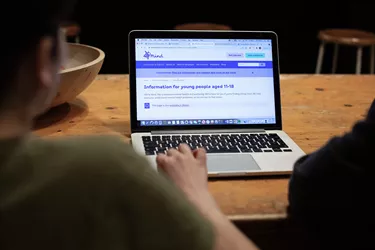
Related Topics

Information and support
When you’re living with a mental health problem, or supporting someone who is, having access to the right information - about a condition, treatment options, or practical issues - is vital. Visit our information pages to find out more.
Share your story with others
Blogs and stories can show that people with mental health problems are cared about, understood and listened to. We can use it to challenge the status quo and change attitudes.










